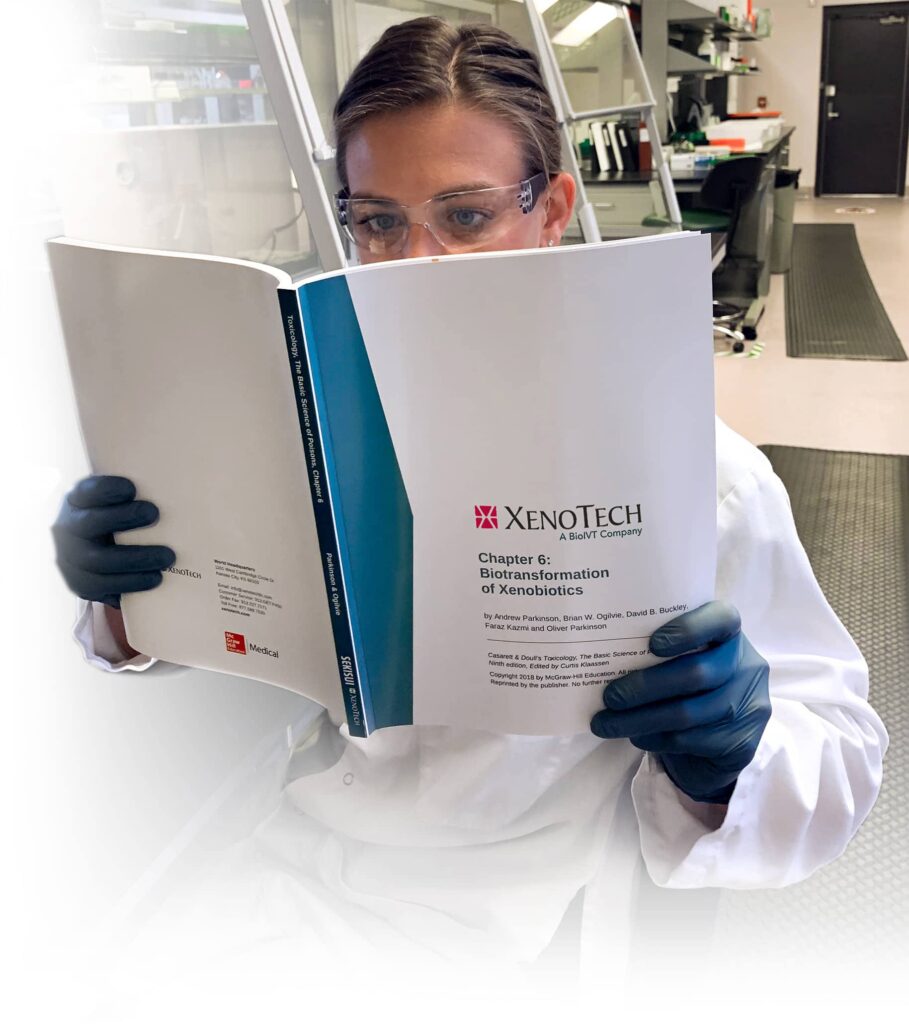
Accurate mass spectrometry elucidates a misleading metabonate formed from amine-containing drugs in reactive metabolite screening assays
Full Title
Accurate mass spectrometry elucidates a misleading metabonate formed from amine-containing drugs in reactive metabolite screening assays
Abstract
The propensity of drug candidates to undergo cytochrome P450 (CYP)-dependent metabolic activation to reactive electrophilic meta-bolites is often evaluated with NADPH-fortified human liver microsomes (HLM) in the presence of a soft nucleophile (like glutathione, GSH) or a hard nucleophile (like cyanide, CN–) with analysis by liquid chromatography tandem mass spectrometry (LC/MS/MS).
In the present study, diltiazem, nordiltiazem and di-nordiltiazem (100 μM), compounds containing a tertiary, secondary and primary amine, respectively, were incubated for 15 min with NADPH-fortified HLM (1 mg/mL) in the presence of KCN or GSH (1 mM). Zero-cofactor and zero-min incubations were included as negative controls. Samples were analyzed by UltraPerformance LC tandem accurate MS on a Synapt G2 quadrupole time-of-flight mass spectrometer and data were processed with compound-specific mass defect filtering (± 35 mDa) and optimal parameters for detecting trapped reactive metabolites.